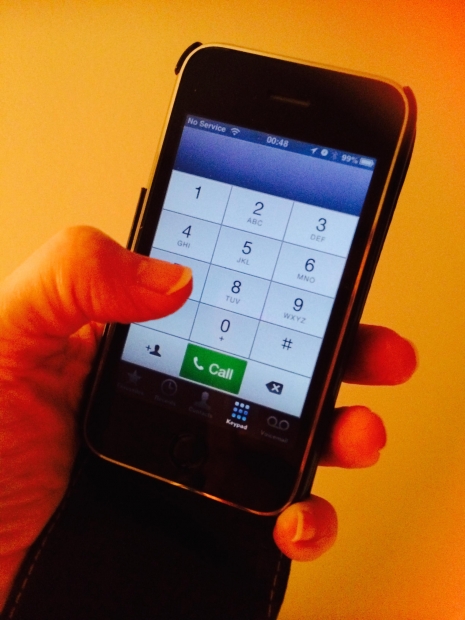- Free Initial Consultation: (954) 761-3641 Tap Here To Call Us
Report: U.S. Drivers are Distracted More Than Half the Time

One of the biggest and most precise studies to date on the problem of distracted driving in the U.S. has been released. The results are not good.
Researchers with the Virginia Tech Transportation Institute, in a new paper published in the journal Proceedings of the National Academy of Sciences, shows that Americans are in some way distracted more than 50 percent of the time when they are behind the wheel. Of all the crashes the study authors observed, almost 70 percent involved some type of “observable” distraction. That means the actual number is probably even higher, as humans can be easily distracted even by their own thoughts.
But it gets worse: The U.S. used to be one of the safest place for motorists. Prior to the early aughts, we had fewer traffic deaths per mile traveled than most other developed countries. Today, we rank 17th out of 29.
The reason doesn’t take a rocket scientist. The primary culprit, researchers say, is the cell phone.
Distraction has always existed among drivers, of course. But now, it has become nearly impossible for some people to resist. The vibration of an incoming call or the tone of a text or social media alert practically demands a response. But at what cost?
For this study, which was funded by the U.S. government and unprecedented in scope, tracked more than 3,500 drivers, who agreed to allow researchers to affix cameras, sensors and radar on their vehicles. So these were even people who knew they were being watched every time they got in their vehicle for a full three years.
In all, study authors analyzed not only what happened just before a crash, but also at all points during each trip. In total, they collected more than 35 million miles of data.
When they JUST looked at cell phone use behind the wheel, they discovered:
- Drivers actually dialing a phone 0.14 percent of the time behind the wheel. This activity alone increased the risk of a crash by 12 times compared to drivers who were alert, sober and attentive.
- Drivers texting 1.91 percent of the time.These drivers were six times more likely to crash while engaging in this activity.
- Drivers talking on the phone 3.24 percent of the time. Doing so doubled the risk of a crash.
- Reaching for a cell phone numerous times during a trip, increasing their accident risk by five times.
But cell phones apparently weren’t the only risk. Among the other distractions observed:
- Talking with a teen or adult passenger – 14.6 percent of the time, increasing the crash risk factor by 1.4 times. (This is interesting because previously, the presence of an adult passenger was believed to have a positive effect on driving; these results suggest that’s not the case.)
- Driving while emotional. Although sadness/ crying/ emotional agitation was observed just 0.2 percent of the time, it increased the crash risk by an astonishing 1,000 percent.
Drivers were also seen applying makeup, eating and drinking non-alcoholic drinks. However, these did not seem to be as much of a risk as previously believed.
One of those that was not so much of a surprise was the risk of alcohol and drug impairment. Although intoxication was observed just 0.1 percent of the time (and keep in mind – this was only based on what researchers could observe), it increased the risk of a crash by 40 times.
Ultimately, what researchers concluded is that 4 million of the 11 million crashes that happen in the U.S. every year could be avoided if drivers eliminated potential distractions.
If you have been injured in a car accident caused by a distracted driver, we can help.
Call Fort Lauderdale Injury Attorney Richard Ansara at (954) 761-4011. Serving Broward, Miami-Dade and Palm Beach counties.
Additional Resources:
U.S. Drivers are Distracted More Than Half the Time They are Behind The Wheel, March 8, 2016, By Aarian Marshall, CityLab.com
More Blog Entries:
Florida Supreme Court: Insurers Can’t Unreasonably Delay, March 14, 2016, Fort Lauderdale Accident Lawyer Blog













